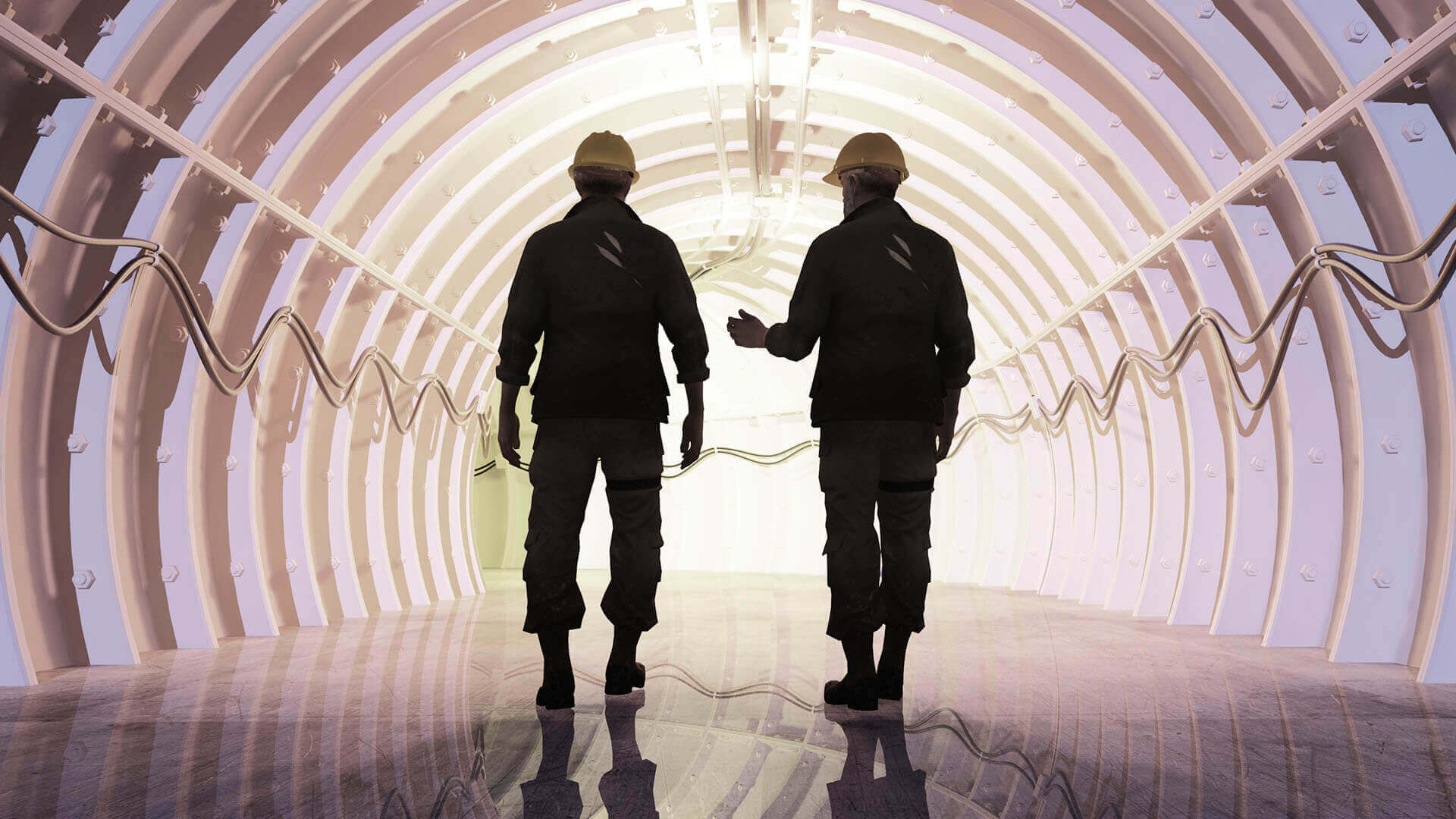IA Insights > Blog
Summiting Success: What Mountain Climbing Teaches Us About Effective Facilitation
Summiting Success: What Mountain Climbing Teaches Us About Effective Facilitation
I recently watched the 2015 documentary film, Meru, which tells the story of three elite climbers ascending Meru Peak, one of the highest mountains in the Himalayans. The film is a fascinating look into how to plan, train, and ultimately reach the summit with a small, trusted team using strength, stamina, and technical prowess.
These climbers (Conrad Anker, Jimmy Chin, Renan Ozturk) are not your everyday climbers. Conrad and Jimmy have successfully climbed Everest multiple times. Ozturk is a talented free climber.
The Meru climb is a different type of challenge – the route involves technical rock climbing through snow, ice, and up a sheer granite face, requiring extensive gear and know-how.
As I watched this film, I resonated with how the mindset and skillset of these elite climbers so closely resemble what’s required to be an elite meeting facilitator. Here are the five lessons learned from this film and my take on how these lessons apply to effective meeting facilitation:
To get to the summit, the climbers must haul over 200 pounds of gear up 4,000 feet of ice and rock. They must ascend a 1,500 foot sheer granite slab (the Shark’s Fin). Due to a snowstorm, what was originally planned as a 7-day trip turns into a 20-day journey of sub-zero temperatures, including having to ‘rest’ for 3 days in a portaledge tent, suspended precariously against the rock face.
Effective meeting facilitation is one of planning but pivoting. You can do all the advanced prep and agenda design as possible. But recognize that at the end of day, something unexpected will happen that requires you to pivot and create a new plan. Enjoy the journey.
2. Team = (‘person A’ + ‘person B’ + ‘person C’ experience).The team is an interesting mix of talents and experience. Jon Krakauer, the author of Into Thin Air, asserts that to undertake Meru, “You can’t just be a good ice climber. You can’t just be good at altitude. You can’t just be a good rock climber. This is a whole different kind of climbing.”
Throughout the film, you witness how the team relies on the inherent strengths of each member and work together as a unit. Conrad mentions that as a team, you are the sum-total of all of your experiences.
Effective meeting facilitation involves a constellation of ingredients: belief in the wisdom and creativity of people, the ability to listen as an ally, a working knowledge of group dynamics and information processing, an understanding of people’s thinking processes, and a flexible and adaptive approach to resolving issues and making decisions. It also involves leveraging the talents of each group member and having others besides the meeting leader share responsibility for success.
Rock climbing is about moving confidently through your legs, shoulders, and forearms. This produces direction, power, and stability.
Throughout the film, you see each climber take the turn to lead. One person advances up the mountain charting the path. The others stay below, creating slack and protection for the lead climber if they fall. Lead belayers must master effective setup and preparation, correct use of the chosen belay device, compensating for slack, and catching the inevitable falls.
Effective meeting facilitation involves intentional setup and preparation. You must be clear on your desired outcomes, the time constraints, and your intended route. The best facilitators make a conscious choice on the ‘process’ they’ll use to guide a group towards the desired outcomes, including thinking through inclusion, information management, and interpersonal dynamics. They purposely design in slack, allowing for opportunity to flex.
The trio originally tried to tackle Meru in 2008 but ultimately failed. In 2011, the climbers returned for another go and successfully reached the summit. Their belief in each other’s capability is what ultimately drove the overall mission.
Effective meeting facilitation is fundamentally about the belief and philosophy that people are capable of working together. A well-run and facilitated conversation that produces outcomes offers a unique opportunity to instill focus, determination, hope, friendship, and success into our work. Facilitation unlocks the power and promise of collaboration to build agreements.
5. Success is a balance of results, process, and relationship.“The summit is what drives us, yet the climb is what matters” – Conrad Anker
The film demonstrates that more is required than simply the desire to reach the summit (the results). Rather, it is the combination of technical knowhow, training, and equipment (the process) and deep trust and knowledge of each other (the relationship) that enable long-term success.
Effective meeting facilitation is a balancing act of results, process, and relationships. One must balance achieving the desired outcomes (results), have an effective approach that surfaces the best ideas (process), and allow people to bring their full, authentic selves (relationship). These three dimensions create focus, tension, and intentionality that enable groups of people to achieve beyond what they themselves thought possible.
“Remember you are facilitating another person’s process. It is not your process. Do not intrude. Do not control. Do not force your own needs and insights into the foreground.
When the work is done, the group will say: We did it ourselves” – Lao Tzu (from The Tao Te Ching)
For more information on the film: https://www.merufilm.com/
Link to trailer: https://www.youtube.com/watch?v=YvS6O9lVkkg
About Chris Williams
Chris’ experience includes work in operations, recruiting, and complex research. He has supported senior-level executives in a variety of industries including economic development, government contracting, and strategy consulting. Chris holds a BA in Political Science from the University of North Carolina at Chapel Hill and a Masters in Public Administration (MPA) from the University of North Carolina at Wilmington.





